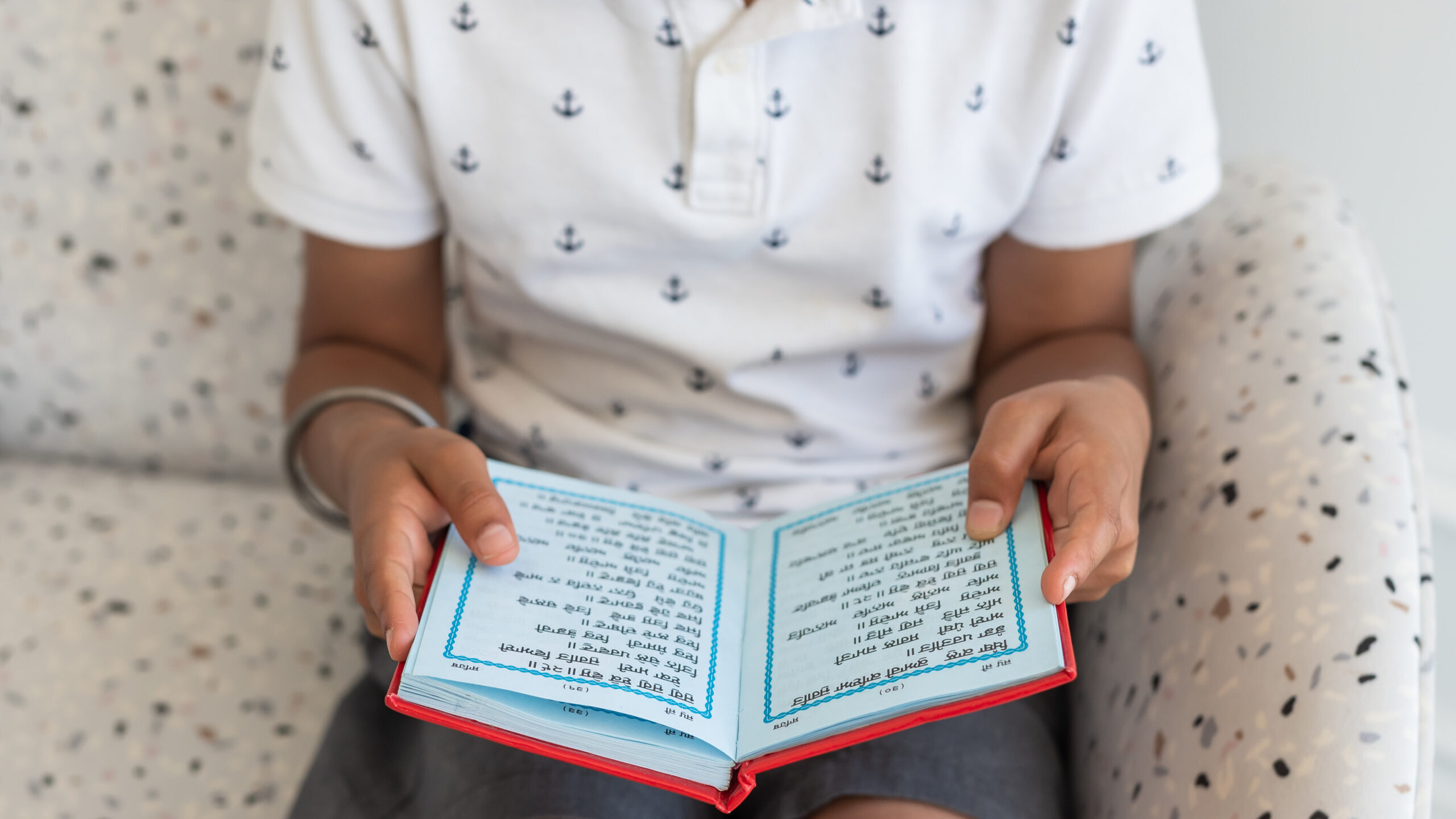
A tree with strong roots laughs at storms.
As immigrants, our world is a brightly coloured mosaic of different cultures, identities, and languages. At times, we ourselves feel like collages: assortments of all the various influences of our lives. Or perhaps, more like some blend of assorted spices with too many flavours competing for supremacy.
That might be a crude metaphor, but it lines up with the instability and uncertainty of immigrant identity formation. We absorb the influences around us while trying to maintain a healthy sense of self and belonging. The process can be confusing and it can be tempting to just let go and assimilate.
Sometimes, we’re confronted by the fear that we have lost touch and become something entirely alien to who we were. We may look at our children and fear that they’ll grow up without any roots. That they won’t be able to talk to their grandparents or feel connected to their culture.
Underlying all these anxieties is an innate understanding of the importance of having roots. We need strong and healthy roots to grow. These strong roots allow us to weather any storm and to spread our branches far and wide.
Science has also caught up with these fundamental understandings of human nature. Study after study confirms that a connection to one’s cultural heritage can be vital to their mental, physical, social, intellectual, and emotional wellbeing. Human development is complex and multilayered, but we know that a connection to one’s culture and heritage is critical in the developmental process of identity formation. Cultural connection can help people find meaning and value in their lives. It can help them feel a sense of belonging and interconnection within the world.
Moreover, an understanding of their own culture equips children with an appreciation of diversity and prepares them to engage with our multicultural realities in a healthy way.
In this entire process, language is key.
Language is a cornerstone of culture and children’s fluency in their native language has far-reaching effects on their cognitive development, self-esteem, second language acquisition, and academic performance. It’s vital that children feel confident and comfortable communicating with their mother tongues.
Perhaps Sujata Bhatt’s 1998 poem, “ Search for my Tongue,” captured the intrinsic connection between culture, identity, and language best. She wrote:
“Everytime I think I’ve forgotten,
I think I’ve lost the mother tongue,
it blossoms out of my mouth.”
Our cultures and our mother tongues are a part of us and our children. As parents, we have a responsibility to nurture these roots so that our children grow up feeling secure in who they are and confident in who they can become.